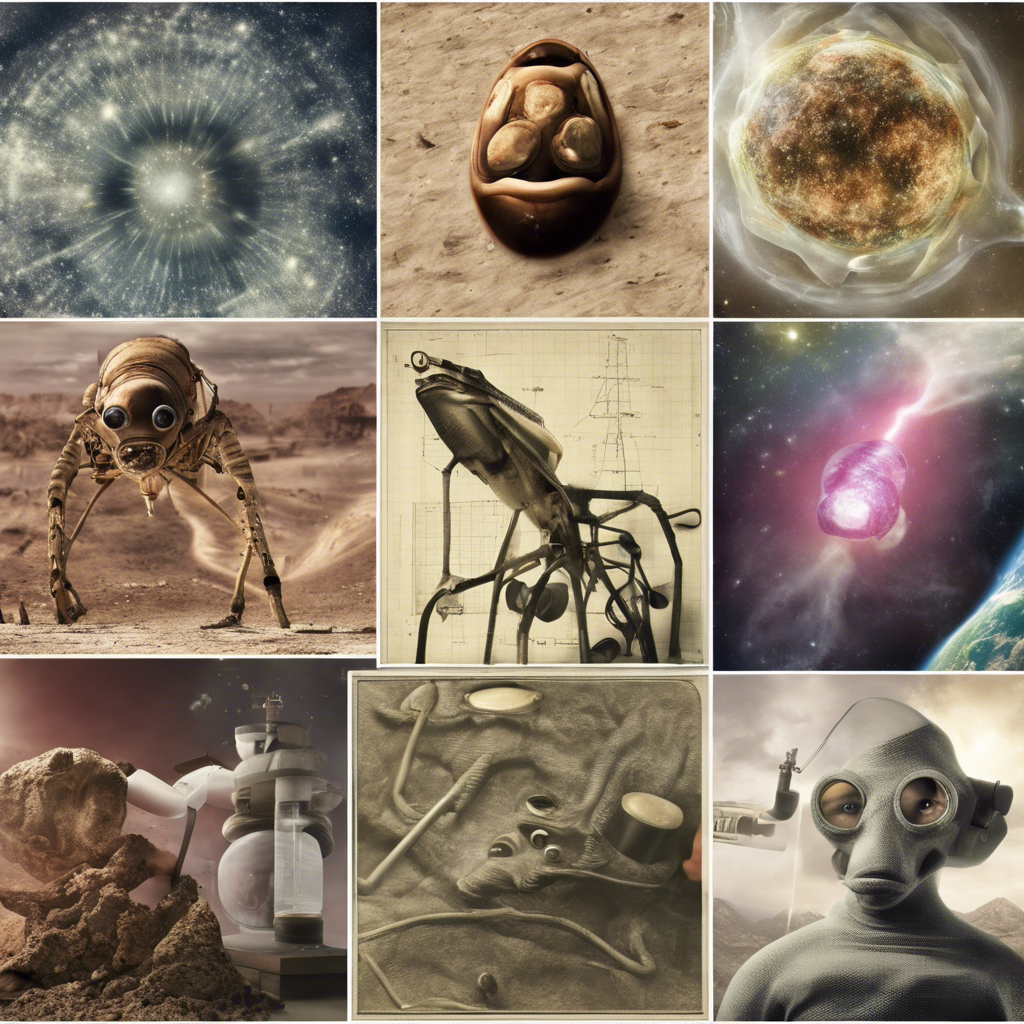Exploring the untold aspects of human senses, magnetism, colors, and states of matter
In our quest for knowledge, we often come across information that we accept as fact. However, upon closer inspection, we discover that some of these “facts” are actually misconceptions. From the number of senses we possess to the primary colors of pigments, and even the states of matter, there are numerous misconceptions that have made their way into our textbooks and classrooms. In this article, we delve into the world of the sixth sense, the truth about magnetism, the real primary colors, and the hidden states of matter, urging a reevaluation of what we think we know.
The Sixth Sense and More: Unveiling the Complexity of Human Senses
Our conventional understanding of human senses revolves around taste, touch, sight, hearing, and smell. However, this simplistic view fails to capture the intricacies of how we perceive the world around us. Beyond the five senses, there are numerous other ways in which we sense and interact with our environment. For instance, our ability to sense movement and maintain balance is attributed to accelerometers located within our ears. These tiny canals, filled with fluid, allow us to detect movement and ensure our sense of balance remains intact. Additionally, we possess senses for temperature, pain, time, and many more, enabling us to respond to both internal and external stimuli. By broadening our understanding of human senses, we can gain a deeper appreciation for the complexity of our sensory experiences.
Magnetic Repulsion: Beyond Paperclips
When we think of magnets, we often associate them with objects like paperclips that are attracted to magnetic fields. However, the interaction between magnetic fields and matter is more nuanced than we realize. It turns out that both tomatoes and humans also interact with magnetic fields, albeit in a different way. While objects containing iron, cobalt, and nickel are attracted to magnetic fields, the water in our bodies, specifically the hydrogen nuclei within it, is repelled by magnetic fields. This phenomenon, known as diamagnetism, explains why we don’t typically notice the magnetic forces acting upon us. However, in the setting of a magnetic resonance imaging (MRI) machine, these forces are harnessed to produce detailed images of our internal structures. By exploring the intricacies of magnetism, we can gain a deeper understanding of the invisible forces that surround us.
You’re Painting with the Wrong Colors: Reevaluating Primary Colors
From an early age, we are taught that the primary colors of pigments are red, blue, and yellow. These colors are believed to be incapable of being created by mixing other pigments together, with all other hues derived from blending these primary colors. However, this understanding is flawed. In reality, red can be created by mixing yellow with magenta, while blue can be achieved by blending magenta with cyan. The true primary colors of pigments, as evidenced by color printer cartridges, are cyan, yellow, and magenta. By challenging our preconceived notions of primary colors, we can unlock a world of new possibilities in color theory and artistic expression.
A Bitter Taste in Your Mouth: Debunking the Tongue Map Myth
Many of us are familiar with the tongue maps that depict specific regions for each taste sensation. According to these maps, bitter taste buds are located at the back of the tongue, while sweet, sour, and salty tastes have their own discrete areas. However, this widely accepted notion is based on a misinterpretation of a German study from 1901. Despite being debunked in 1974, the tongue maps continue to persist in biology textbooks even today. By discarding this outdated concept, we can foster a more accurate understanding of taste perception and provide a clearer picture of how our taste buds truly function.
Look at the State of Your Screen: Exploring the Hidden States of Matter
In our science education, we are often taught that matter exists in three states: solid, liquid, and gas. However, there are additional states of matter that go beyond this conventional understanding. Liquid crystals, for instance, possess properties of both solids and liquids, making them vital for various applications such as LCD flat screen devices. Furthermore, plasma, which is the state of matter for most things in the sun, and Bose-Einstein condensates, superfluids, and numerous other states also exist. By expanding our knowledge of the states of matter, we can unlock new scientific frontiers and challenge the boundaries of our understanding.
Conclusion: Rethinking What We Know
As we navigate the world of knowledge, it is essential to critically examine the information we encounter. The misconceptions surrounding the sixth sense, magnetism, primary colors, and states of matter serve as reminders that our understanding is not infallible. By questioning these long-held beliefs and embracing a more nuanced perspective, we can foster a more accurate and comprehensive understanding of the world around us. As educators, it is crucial to present information grounded in evidence and to encourage curiosity and critical thinking in our pursuit of knowledge. Only through this process can we ensure that future generations are equipped with accurate and up-to-date information, free from the shackles of misconceptions.











